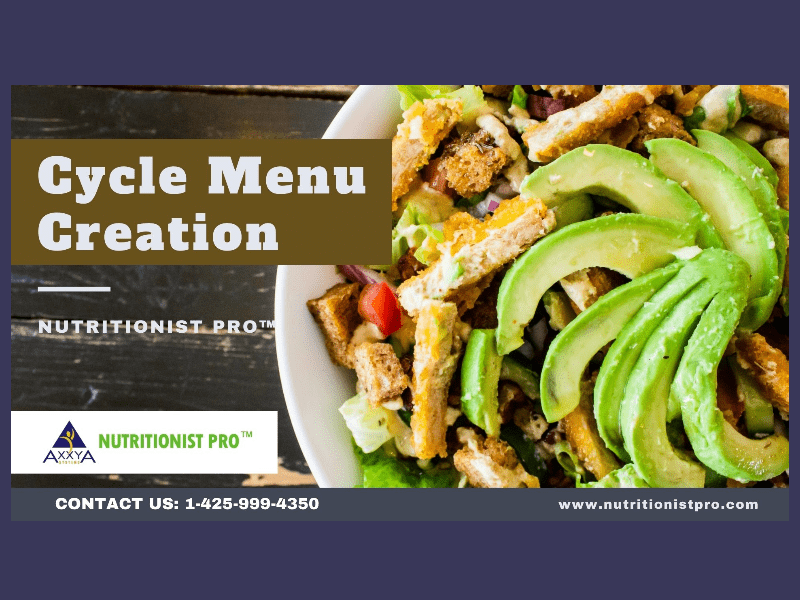Are you a food service manager? What is the first thing that comes to your mind when you hear appetizers, entrees, daily specials, ethnic cuisine, fine or casual dining, cut food costs, dietary guidelines, government regulations, special diets, marketing, etc.? Each of these words certainly bring quite a few different thoughts to your mind, but one word to sum it up is MENU!
The importance of the menu to a foodservice manager is immense, as it’s considered a managerial tool for controlling many aspects of a foodservice operation. As you learn more about menus and menu planning, recall the menus from your favorite restaurants or your recent meals in other types of foodservice operations and categorize the types you received.
Types and Categories of Menus:
Based on the types of foodservice operations, menus are often categorized in a variety of different ways. The standard way to categorize menus is by how often they repeat.
Static Menu:
This is a menu type that basically stays the same every day and is most typically used in quick service to upscale casual restaurants. Static menus are presented on a menu board or in some type of printed format, with typical sections for lunch and dinner. A static menu may include appetizers, salads, entrees, sides, desserts and beverages, etc.
Daily or Single Use Menu:
This type of menu tends to change on a daily basis or may be planned for a special event with a one-time use. Daily menus are often used in fine dining or foodservice operations that feature locally sourced products, which may be available in the market only on a given day.
Cycle Menu:
Cycle menus are most often created in non-commercial foodservice operations that serve the same group of customers every day, such as schools, hospitals, long-term care centers, corporate dining, etc. The specialty about a cycle menu creation is that a cycle menu follows a particular pattern designed to meet the needs of the operations, customers, and to repeat on a regular basis. The creation of a cycle menu is set with the customers in mind. For example, a school can typically use a longer cycle menu, perhaps a fortnight or three weeks to promote variety, since most of the students stay in a dorm or facility for long periods. However, a foodservice operation in a continuing care retirement community may need a cycle as long as six weeks since the residents may be eating in the dining room on a daily basis. Cycle menu creation is often performed seasonally so an operation might have a spring, summer, and fall/winter cycle. Using a cycle menu in these facilities has many advantages.
Advantages of Cycle Menus:
- Saves time and labor cost
- Helps control food cost
- Reduces storage costs
- Reduces food waste
- Meet nutrition needs for a group of people
Menu Creation or Planning Solution:
You can create or plan menus by hand. But it is arduous and time consuming, and may be prone to errors. Foodservice operations managers cannot afford to spend much time and incur costs for their clients.
The use of a software for menu planning like cycle menu is a better choice.
Nutritionist Pro™ offers an end-to-end solution to create menus, recipes, and compare menus against nutrient goals. It’s great for chefs, the food service industry, consultants, restaurants, hotels, and more. One can create any kind of menus and cycle menus for patients, restaurants, schools, hospitals, etc. Cycle menus also may be created faster using a wizard in Nutritionist Pro™. Just use the cut and paste feature and add foods faster to your menu and save time!
To see more solutions you can leverage using Nutritionist Pro™, click here
